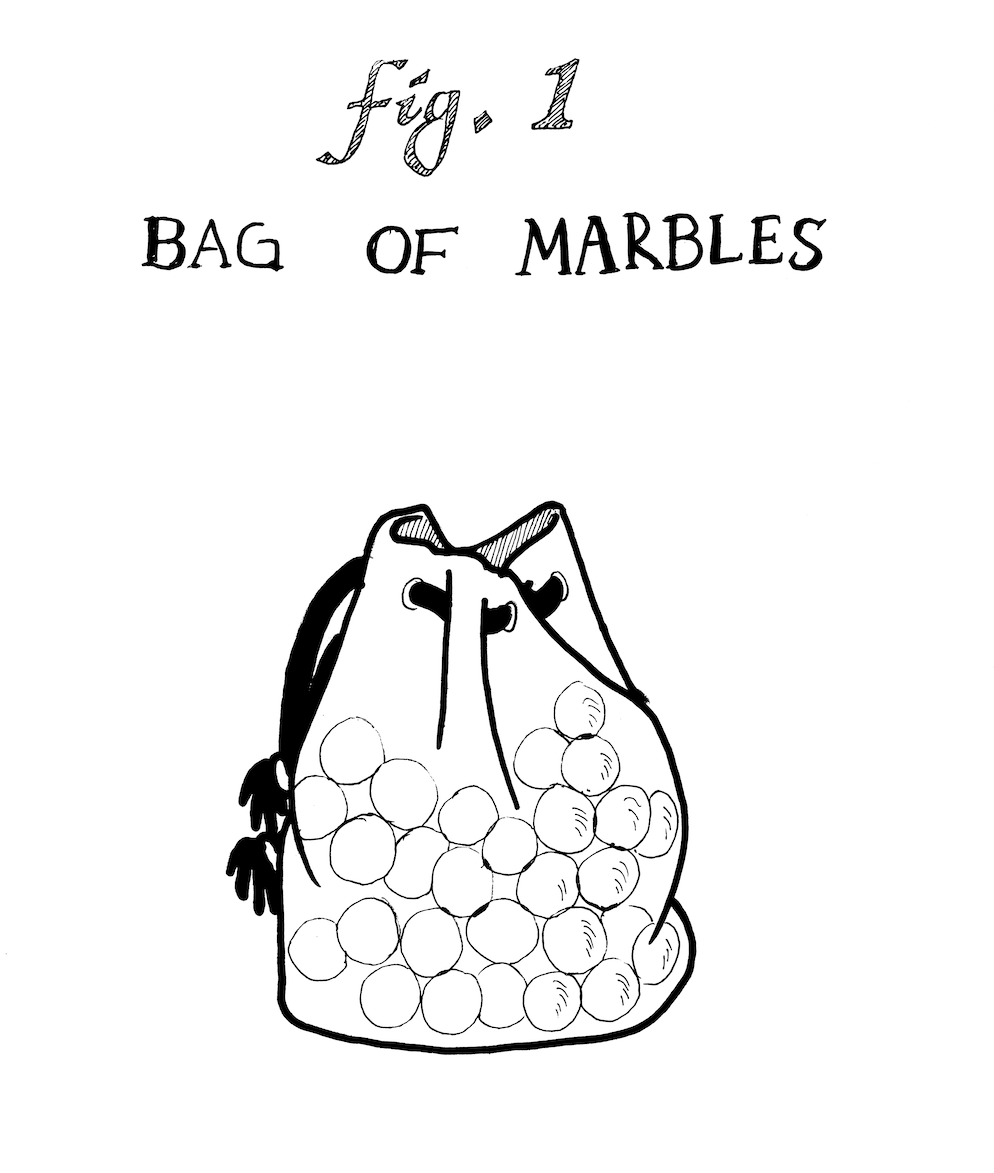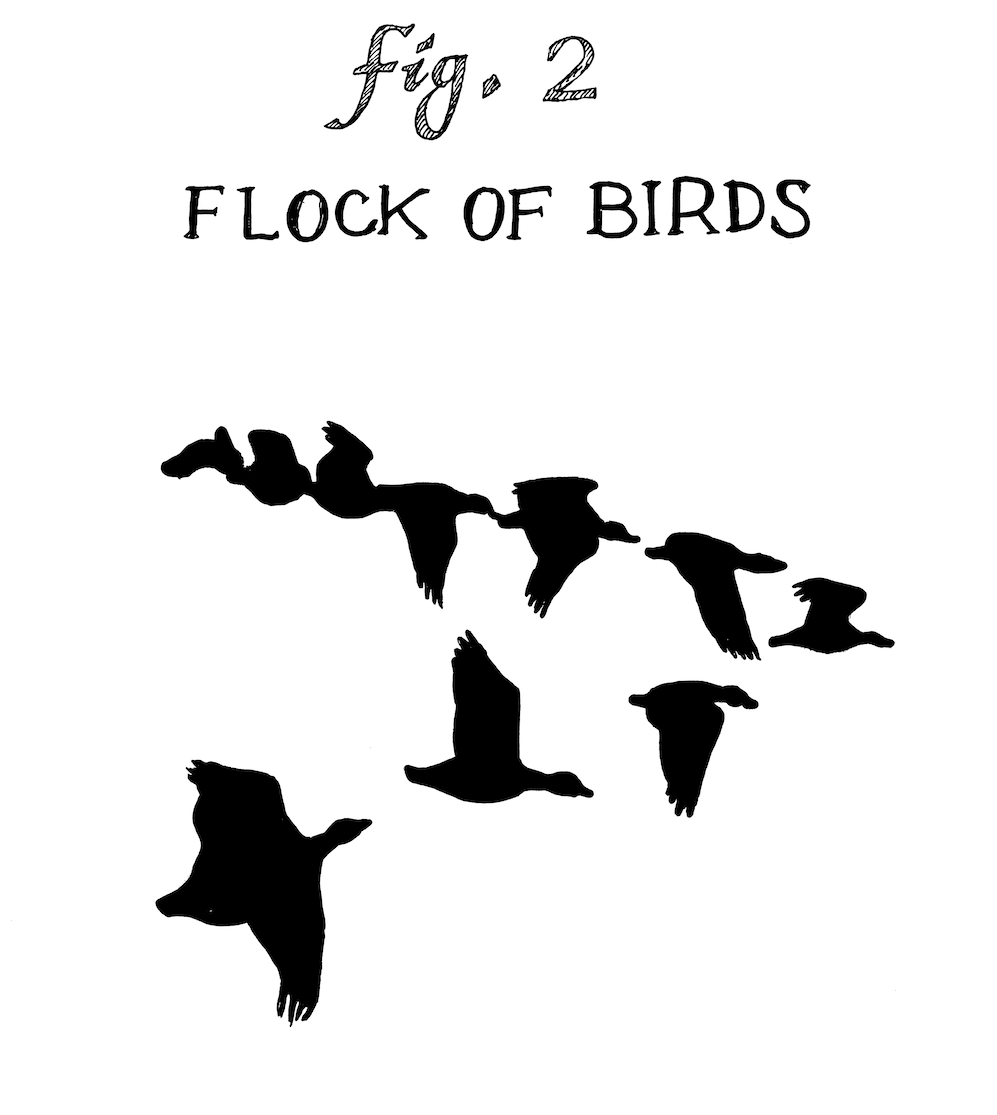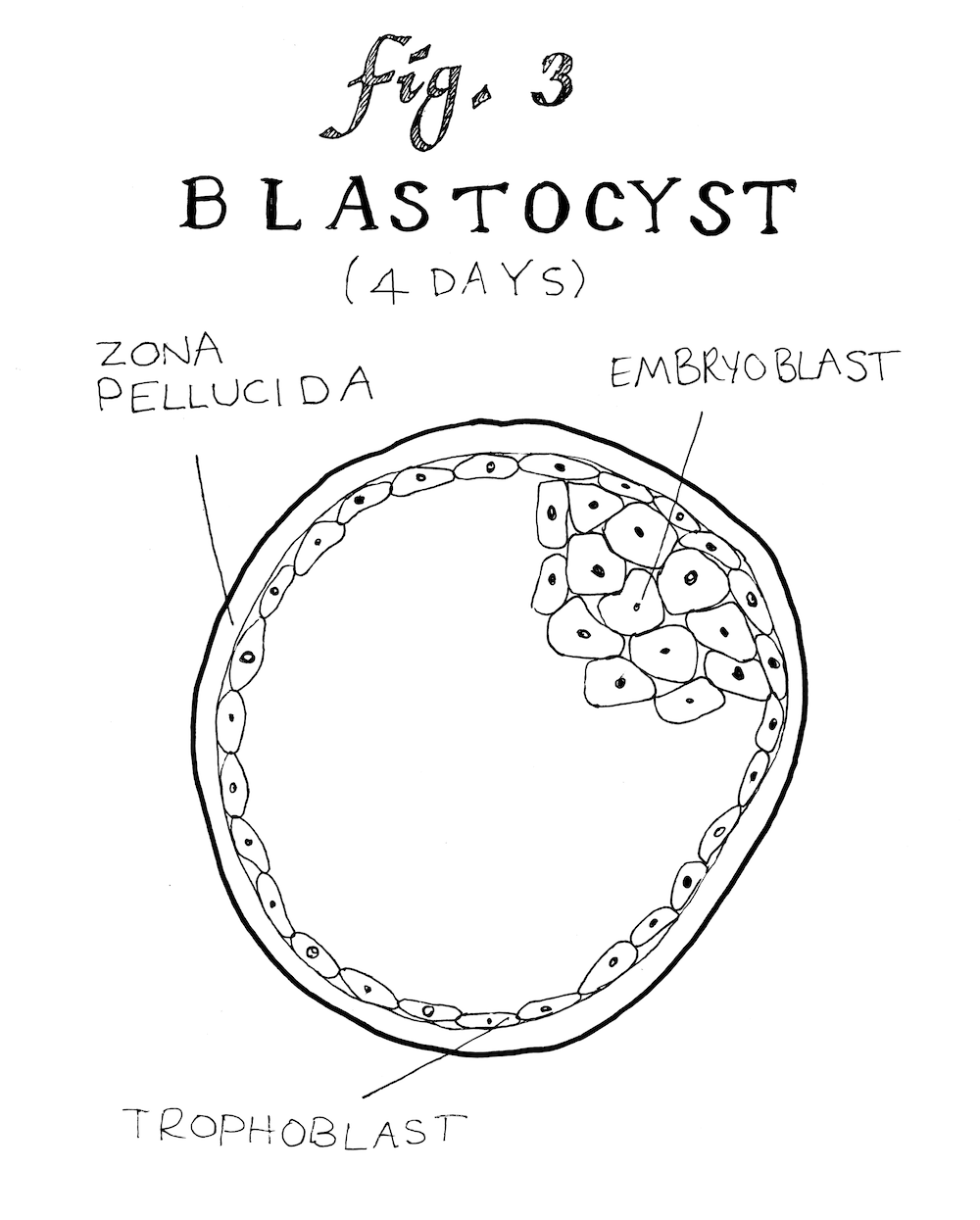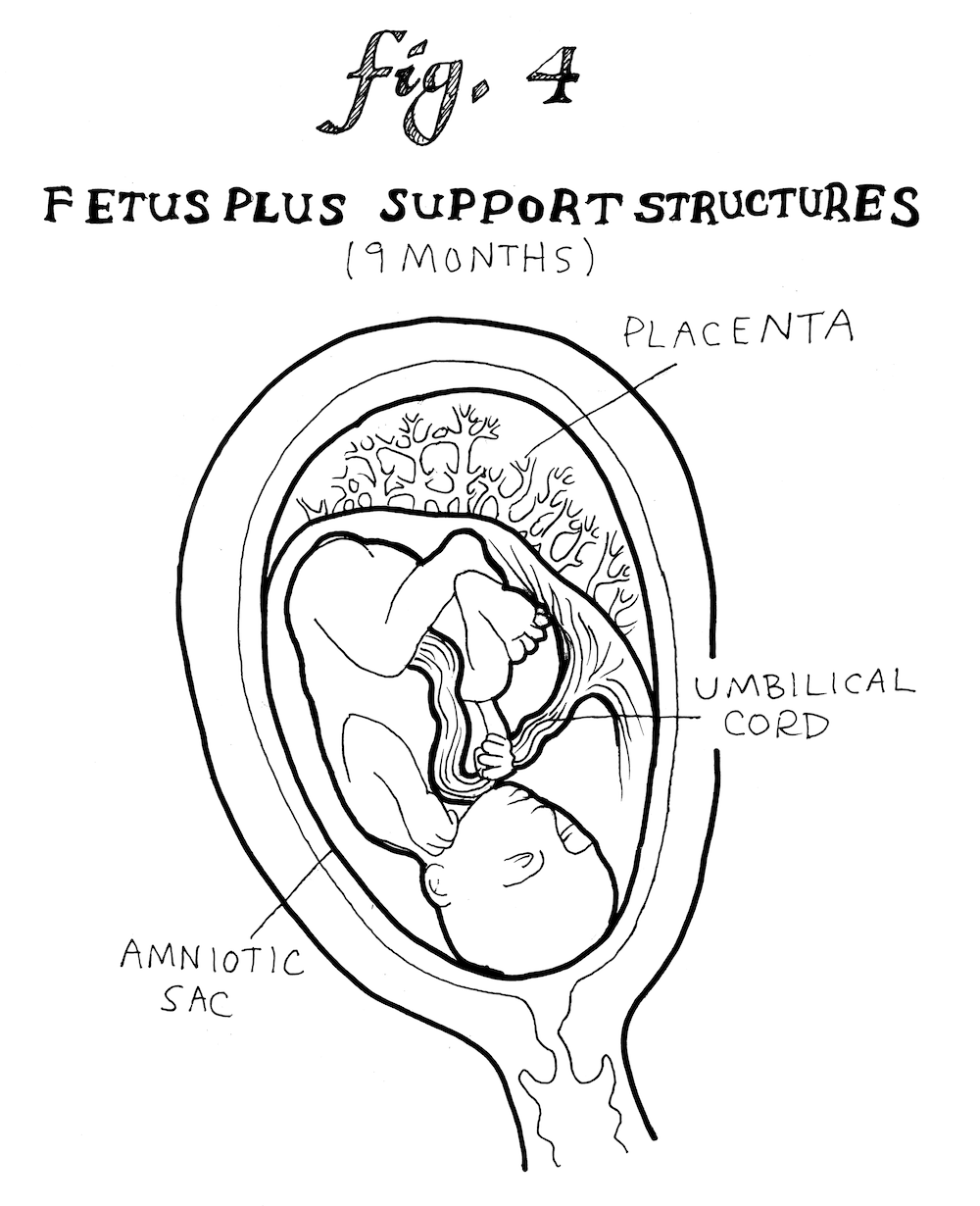 Submitted by Starman Abiodun on
Submitted by Starman Abiodun on

Derivative Images
In the debate about when life begins, one of the standard options is that it begins at conception. Sperm penetrates egg, and there you go, one of us is on the scene. But conception should be stricken from the menu of possibilities. Even if a case could be made that our lives begin very early on, conception would be impossibly early.
I first encountered the reasoning behind this assessment in a surprising source: a fascinating book called When Did I Begin?, published in 1991 by Norman Ford, a Jesuit priest. By closely examining the biological facts about embryogenesis, Ford casts considerable doubt on the view that each of us existed as a one-cell zygote and onward. Ford’s views have been found convincing by quite a few philosophers, but don’t seem to have made their way into mainstream thinking about the beginning of life.
We need to understand that conception is an impossibly early onset for our lives, especially now. Recent breakthroughs in gene editing using CRISPR-cas9 technology will probably eventually lead to more assisted reproduction, more lab-generated embryos, and more hand-wringing about the leftovers. If those leftover embryos are future people, it’s at least debatable whether they may be discarded. If they’re not future people, we can rest easy, taking embryo disposal as calmly as we already take sperm and egg disposal.
Imagine you have a five-year-old boy named “Larry”, and contemplate the possibility that his life began way back when sperm penetrated egg. One reason for doubting this entry point for Larry has to do with the first few days of embryogenesis. The one, unified, continuous individual that is Larry (at five) can’t have its beginning in the first few days if there is no single, unified individual in the first few days. And arguably there isn’t. The rapidly multiplying cells (two, then four, then eight, etc.) are much like marbles in a bag (fig.1), the bag being the zona pellucida that was once the wall of the egg. That’s all the unity they have, says Ford: being together in the bag. The cells aren’t part of a multi-cellular organism yet, because they don’t work together to do the usual things organisms do, such as obtain nutrition from the environment. The cells divide, so there are more of them, but the collection doesn’t grow in volume. Philosophers Barry Smith and Berit Brogaard point out that the collection also has no defence system to maintain stability. If one cell is plucked out, it’s simply gone.

As it turns out, the cells may actually have a little more unity than a bag of marbles. Recent research in embryogenesis suggests the dividing cells may not be quite so jumbled. In fact, the collection of cells may even have axes – a top and a bottom, a back and a front. One researcher has suggested that the axes are determined by the exact point where the sperm penetrated the egg. However, this sort of unity may not be enough to make the collection of cells count as a unified organism. At this point the conceptus (“morula” is the technical term at this stage) has the spatial unity of a flock of birds (fig. 2), not the functional unity of an organism that gets nourished, grows, and maintains its stability. And perhaps that’s not really surprising. After all, the cells are very special. Each one of them, just like the original one-cell zygote, can initiate a separate foetus. If this happens when there are two cells, the result is twins; if when there are four cells, the result is quadruplets, etc.

There is a strong case to be made that Larry doesn't exist as a two-, four-, eight-, or sixteen-cell conceptus, because that’s a collection of things, not a unified individual; and so he also doesn’t exist any earlier, as a zygote. But what about a little later, on days four, five, or six, for example? To think about this question, we need a few more facts about embryogenesis.
The cluster of cells keeps dividing within the zona pellucida, which is the outer shell left over from the egg, and can’t expand much. Thus, the cells get progressively smaller. Then, on about the fourth day after conception, the outermost cells (about one hundred of them) start to become compacted, so that there’s an outer layer of flattened cells, the trophoblast, and a fluid-filled cavity in the middle. Within the cavity, at one pole, the embryoblast or inner cell mass (a mere twelve cells) forms. With these changes, the conceptus has become a blastocyst (fig. 3). Then, on day five, another major change takes place: the blastocyst hatches out of the zona pellucida. Without that constricting sac, the blastocyst immediately starts growing, and the inner cell mass starts differentiating. Some of it, in combination with the trophoblast, will become the placenta, amniotic sac, and other support structures, but most of it will go into making the foetal body. On about day six, the blastocyst completes its journey through the fallopian tube and implants in the uterine wall.

With that general picture in place, take the blastocyst on day four, with its outer trophoblast shell and its inner embryoblast. If the collection of cells that existed earlier was a mere collection, and not Larry, is the blastocyst enough of a unified system to count as an organism, so that it could be the earliest incarnation of Larry? Certainly it has much more unity than a bag of marbles, but it doesn’t have all the earmarks of an organism. It still doesn’t grow (because of the constricting zona pellucida), and still doesn’t have a way of maintaining its own stability. But set aside the unity issue. There’s another reason to wonder whether the blastocyst is the beginning of Larry.
The blastocyst contains the makings of both the later embryo and all of its support structures. In fact, 85 percent of the blastocyst will turn into support structures and just 15 percent will turn into the foetus. If the blastocyst at four days continues on as something, it continues on as the assembly of the foetus plus its support structures (fig. 4). But it doesn’t continue on as the foetus alone. If Larry your five-year-old traces back to the mature foetus alone at nine, eight, seven, six . . . months, and the mature foetus alone doesn’t trace back to the whole blastocyst, then Larry doesn’t trace back to the whole blastocyst.

Couldn’t we say the mature foetus alone traces back to a part of the blastocyst – the embryoblast? No, we really couldn’t, for reasons that have to do with the geography of the embryoblast. The embryoblast will develop partly into the foetus, but also partly into the foetal support system. What’s missing from the embryoblast on day four is thus complete differentiation. There’s partial differentiation, but that’s all. With only partial differentiation, the rudimentary foetus and rudimentary support structures are still somewhat merged together; thus, there is nothing that can be singled out and identified as the earliest incarnation of the mature foetus; and consequently, nothing that can be identified with Larry your child. So day four is too early to be the first day of Larry’s life, but day five is also too early, and so are all the days until around day 14. On all of those days, the rudimentary foetus and support structures continue to be undifferentiated.
Now, this reasoning assumes Larry your five-year-old traces back to the mature foetus alone, and not the foetus-plus-support-structures. And that’s at least initially quite plausible. It’s natural to think he was once just the resident of an amniotic sac, nourished by a placenta, much like as a five-year-old he’ll be just the resident of your house, and nourished by the refrigerator. But you might think differently about this. To defend the view on which Larry starts off as the blastocyst on day four, or on day five (after hatching), or on day six (after implantation), you might say that Larry traces back to the mature foetus plus its support structures. He was once an entity with an amniotic sac and placenta as parts, in contrast with how five-year-old Larry will never have your refrigerator as a part. You might say these external parts of Larry are shed at birth, like later in life he will shed fingernails, hair, and dead skin cells. It’s not common sense that we have an amniotic sac, a placenta, and so on, as parts of ourselves when we are very, very young, but it’s not out of the question.
Around fourteen days after conception, when the primitive streak develops (the first sign of an emerging spinal cord), full differentiation has taken place: a distinct part of the embryo is foetal and other parts are support structures. The later foetus, taken as separate from support structures, can thus be traced back to the foetal part of the fourteen-day-old embryo. If you regard Larry-the-mature-foetus as just a foetus, and believe the support structures are never a part of him, you can trace him back as far as about fourteen days, but no earlier. Before then, the conceptus is a fusion of foetal and support structures, so there is no part of it that can be identified with Larry in his most primitive form.
So it looks like there are two coherent stories here. Story One: Larry begins to exist once there is a unified blastocyst (around day four or five at the earliest), and later has the placenta, amniotic sac, and so on, as temporary parts, to be later shed. Story Two: Larry begins to exist as part of the implanted embryo at fourteen days, and never at any point has the placenta, etc., as parts. But there is no coherent story where Larry is the conceptus on days one, two, or three.
Saying that Larry starts life on day four or five, or perhaps day fourteen, isn’t much of a shift from saying that life begins at conception, and for many reasons, some will say the truth is dramatically different: life begins much later. But even if only this much were granted – that life starts no earlier than day four or fourteen – it would have some important implications. For purposes of IVF, embryos are used when they are only a few days old – the discards may be five-days-old or under. If gene-editing technology were involved, embryos could be even younger, since the procedure is done at the zygote stage. Thus, the problem of the leftovers may be a non-problem, depending on the procedure, and depending on which makes more sense – day four-or-five or day fourteen.
It’s good news for prospective parents opting for these procedures that life doesn’t start at conception, but just plain interesting for us all. Putting it in the style of Charles Dickens, it may just be that the story of our lives begins with “I am born” – there are strong arguments for a late beginning – and it also may be that the story begins considerably earlier. It may even be that the story of my life begins with “I am a four (or fourteen) day old embryo”. But the story doesn’t begin any earlier. Life doesn’t begin at conception.
Jean Kazez
Illustrations by Becky Groves
http://www.philosophersmag.com/essays/174-life-doesn-t-begin-at-conception
- 487 reads